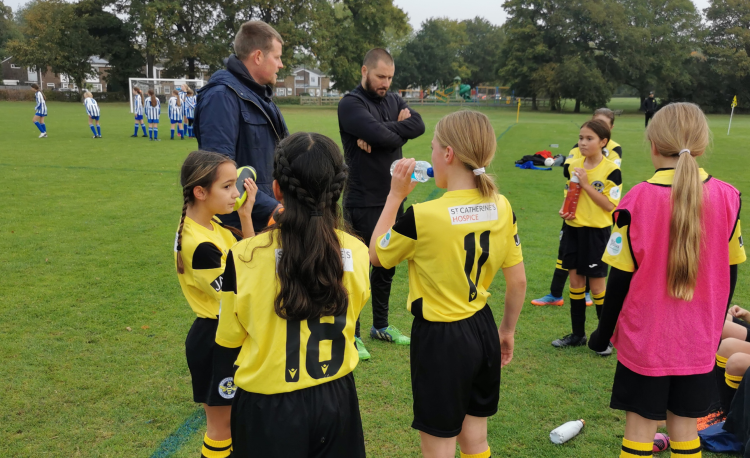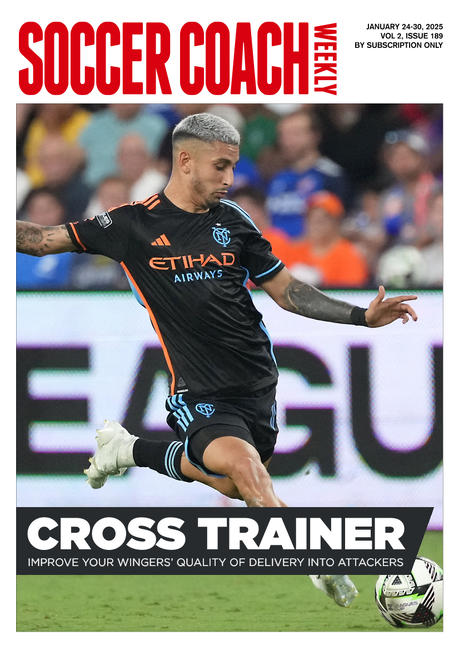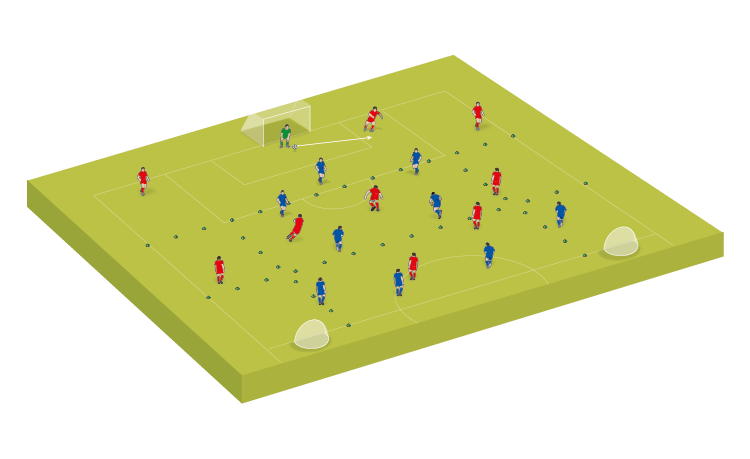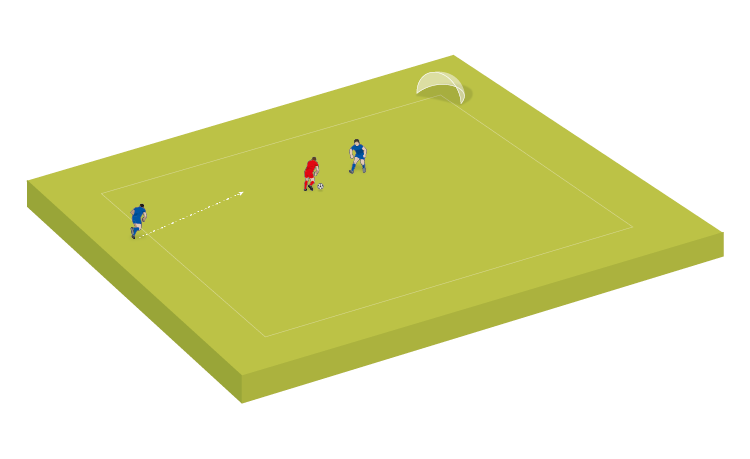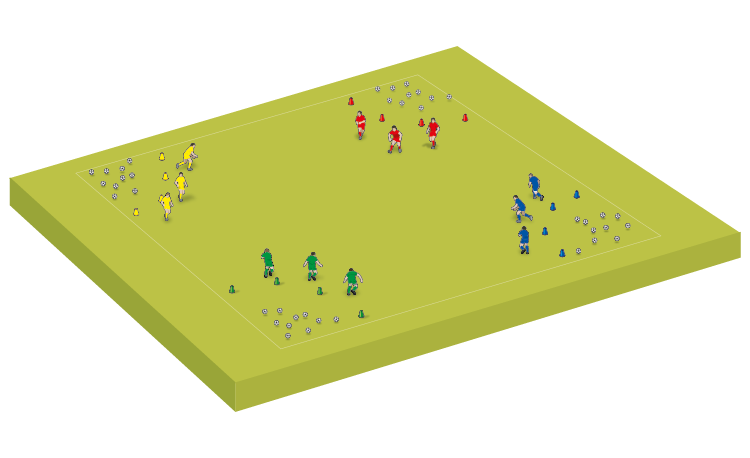10 tips when giving a half-time team talk
From accentuating positives and using visual aids, to explaining changes and keeping parents away, Steph Fairbairn on what to say and do in the break.
A half-time team talk is a chance for players to have a brief rest, regroup, reflect on the what’s happened and get ready for the second half.
As coaches, our role is to use this chat to make sure the players continue to have the best possible experience of matchday. The following tips should help you do so...
01 - Don’t start straight away – give it a minute!
Let the players have a moment as they come off the field before you get going with your talk. They’re likely tired, sweaty and thinking about what’s just gone on in the game. Give them a chance to collect themselves, chat to each other and cool down a bit before you get started.
02 - Get everyone in the same area
Make sure everyone is in the same spot – it will make things a lot easier for you to deliver your messages. Try to ensure they are facing away from distractions, too.
03 - Check how everyone is feeling
Before you get started on anything about the game itself, make sure you check in with everyone. Has anyone picked up any injuries or aggravated any existing ones? How are everyone’s energy levels? Does anyone feel they need a rest? Make sure everyone takes on enough liquids. Setting up a specific space for drinks at the start of a match will make it easier and quicker for players to get to them at half-time.
04 - Keep it positive
Whatever has gone on during the first half, remember to keep perspective – it’s a youth soccer game. Whether winning, drawing or losing, always keep things positive and focus on encouraging your players to enjoy the second half.
05 - Involve the players
Having played in the game, the players will often have lots of insights on it. Don’t be afraid to use them – you can even let them lead, if that feels right. Consider asking them the following questions: What’s going well? What could we do better? What more can I do to support you?
06 - Don’t say too much
The last thing players need at half-time is to be overloaded with information. It doesn’t help anyone. Keep it concise, perhaps linking to the "what’s going well?" and "what could we do better?" questions. Ask players to focus on continuing to do one thing and thinking about how they can do another differently. If you have set targets at the start of the game, definitely refer back to those. If you’ve got any individual feedback for players, again, keep it concise, and deliver it one-to-one, not in the team setting.
07 - Use visual aids
Don’t just talk – think about how you can illustrate your point in different ways. If you are talking about team shape, for example, consider using a tactics board or cones to illustrate your points.
08 - Explain substitutions
If you’re making substitutions, make sure you let the players know at the start of, or midway through, your team talk. The last thing you want is to leave it to the end and have to rush it – this can make it harder for the players to take the information about the changes in.
09 - Keep parents away
Parents may come over to the team at half-time to listen in on your team talk. While often well-meaning, most of the time they will serve as a distraction. Ask them to stay on the other side of the pitch while you do your talk.
10 - Keep it consistent
Over the course of the season, or a series of games, try to keep the way you approach your half-time team talk consistent – from the way you set the space up, to the way you deliver messages and the order you do things in. This just takes a bit of mental load off the players as they will have an idea of what to expect each time.
Related Files
Newsletter Sign Up
Coaches Testimonials

Gerald Kearney, Downtown Las Vegas Soccer Club

Paul Butler, Florida, USA

Rick Shields, Springboro, USA

Tony Green, Pierrefonds Titans, Quebec, Canada
Subscribe Today
Discover the simple way to become a more effective, more successful soccer coach
In a recent survey 89% of subscribers said Soccer Coach Weekly makes them more confident, 91% said Soccer Coach Weekly makes them a more effective coach and 93% said Soccer Coach Weekly makes them more inspired.
*includes 3 coaching manuals
Get Weekly Inspiration
All the latest techniques and approaches
Soccer Coach Weekly offers proven and easy to use soccer drills, coaching sessions, practice plans, small-sided games, warm-ups, training tips and advice.
We've been at the cutting edge of soccer coaching since we launched in 2007, creating resources for the grassroots youth coach, following best practice from around the world and insights from the professional game.
